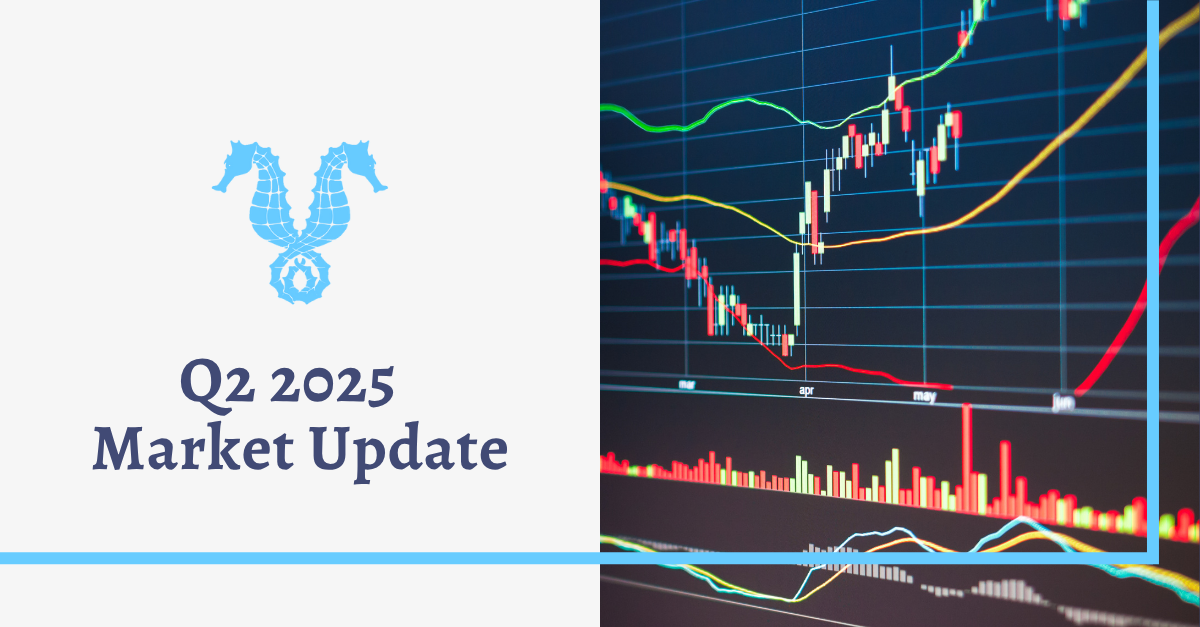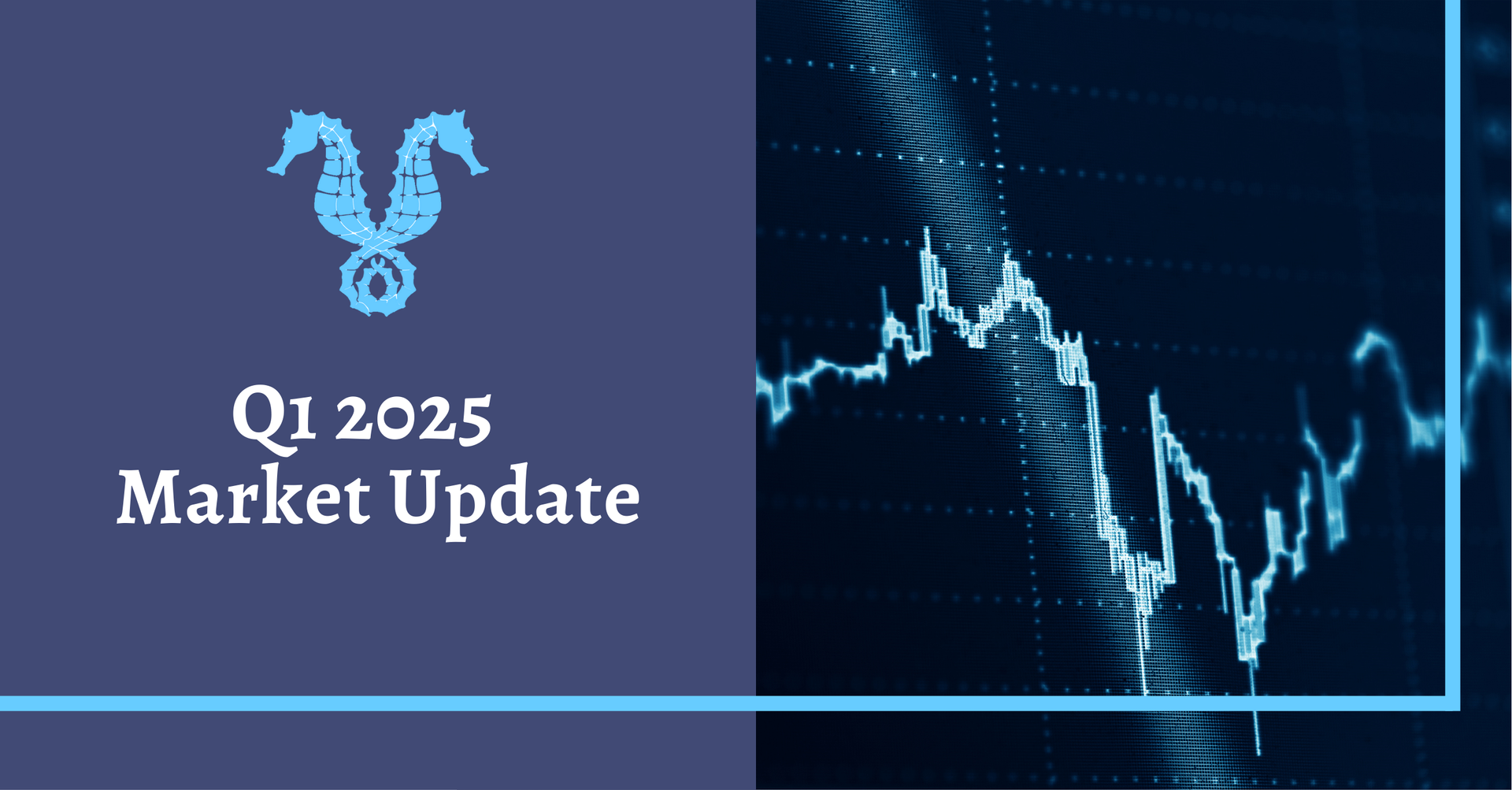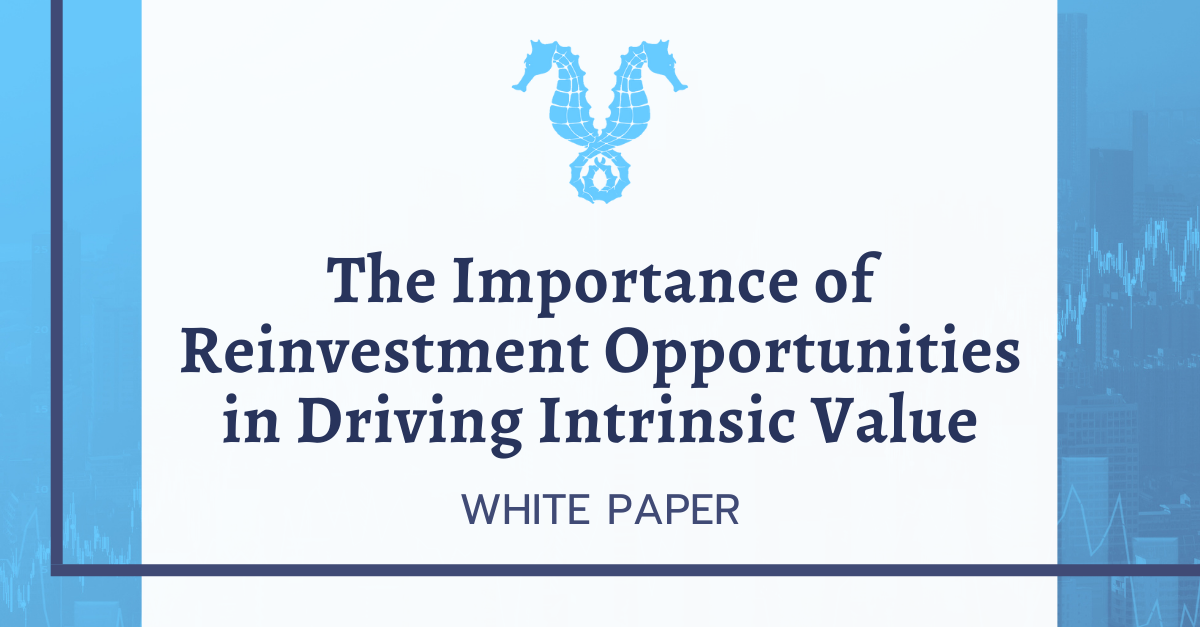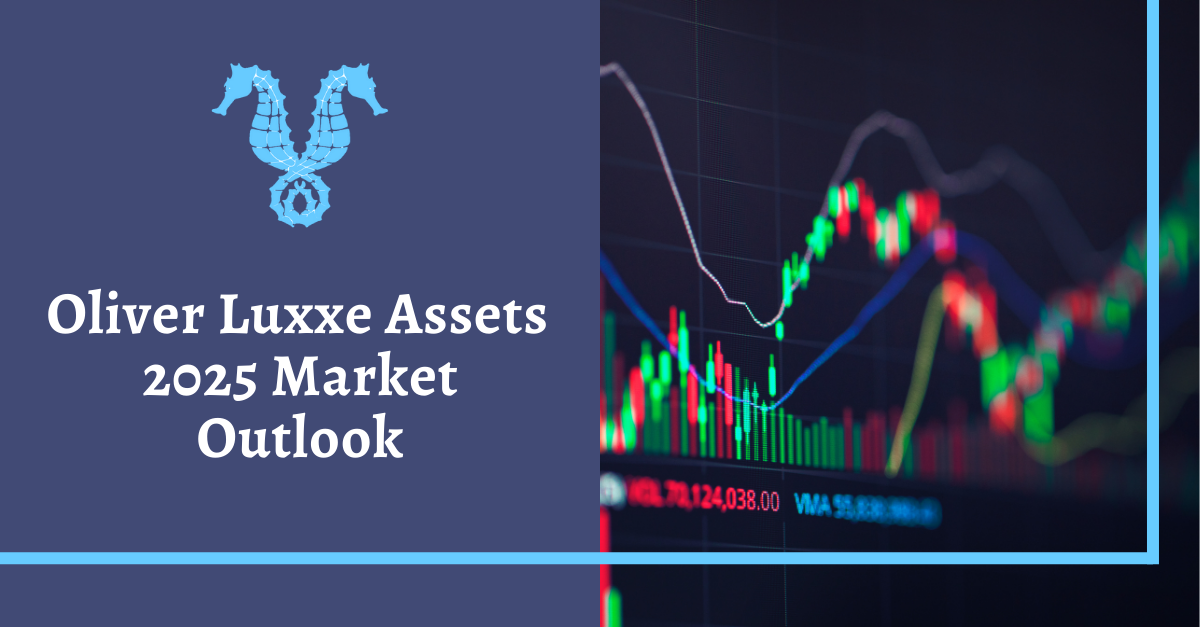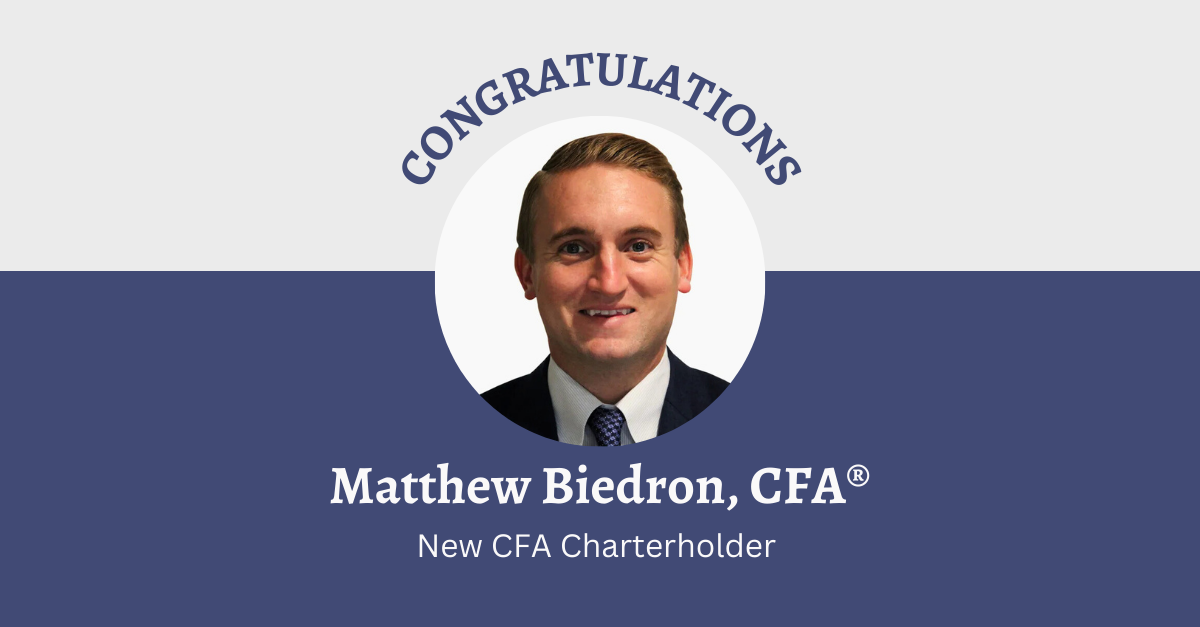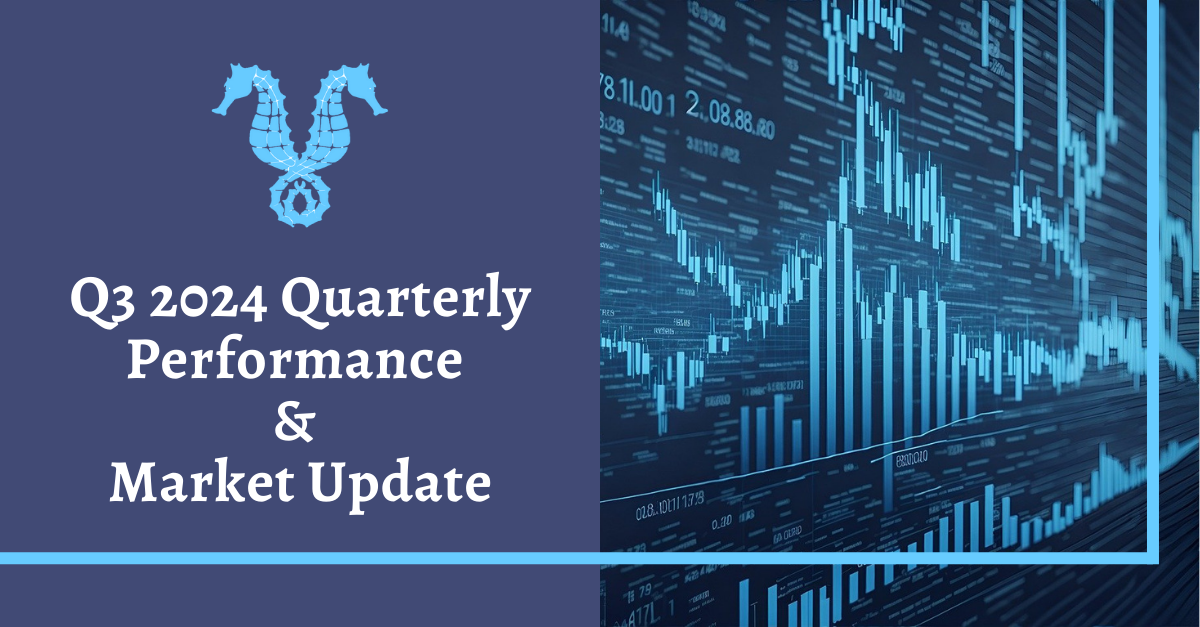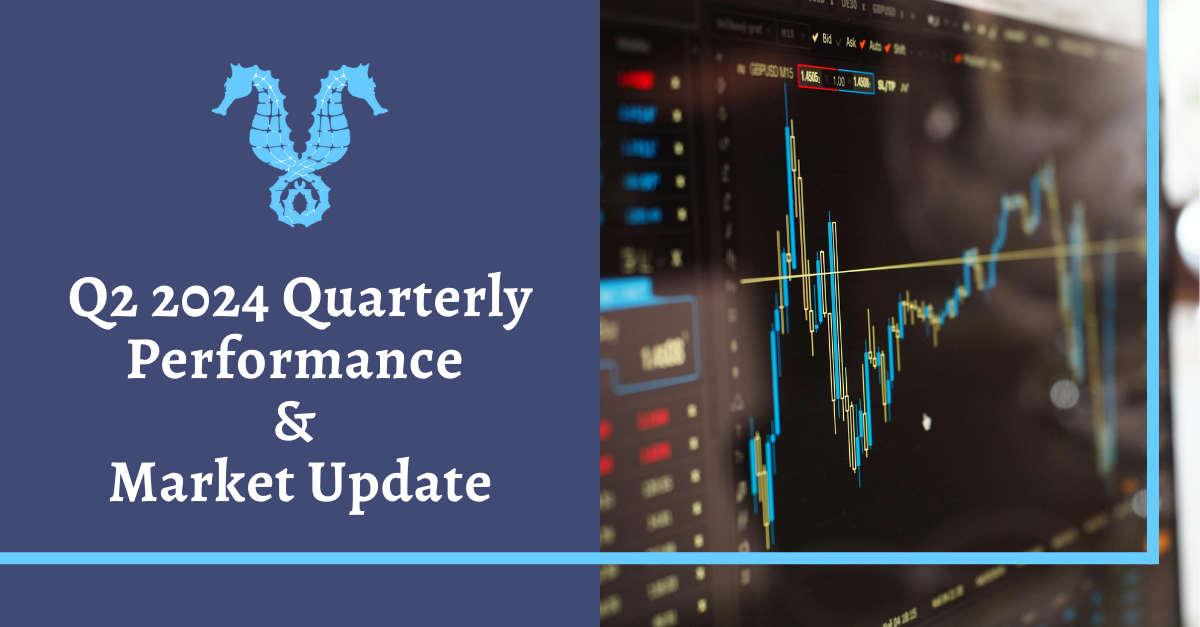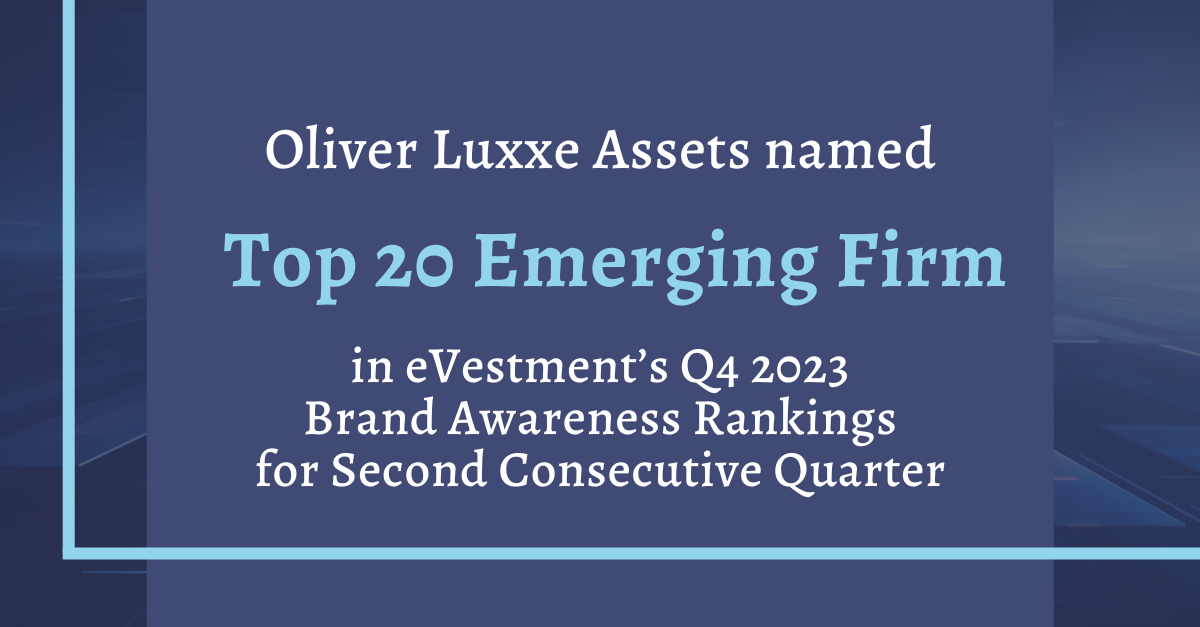As always please reach out with any questions or concerns.
Thank you,
Joseph Sharma, CFA
Chief Investment Officer
Direct: (908) 741-8340
On the other hand, unlike previous pre-recession periods, corporate and consumer financial health remains resilient. For example, corporate margins are high, balance sheets are healthy, and forward guidance for most businesses remains relatively positive. Many companies highlighted challenges from tariffs, but mitigation strategies appeared to be gaining ground, as some businesses have absorbed the cost increases, while others choose to pass through some portions of higher costs on to consumers. Despite inflation remaining above the Federal Reserve’s ~2% mandate for over four years, consumer spending has remained resilient. For example, Consumers in the top 10% of the income distribution account for nearly 50% of total US spending. We believe this is most likely being driven by higher equity and real estate prices across the US.
The AI capital expenditure cycle has been a material driver of US economic resilience, with hyperscalers and enterprises now spending trillions on infrastructure to harness generative AI's potential. Per FactSet, consensus estimates model Hyperscaler capital expenditures growing +75% Y/Y in 3Q25, +42% in 4Q25, and +20% in 2026. However, skepticism remains regarding the timing and magnitude of payback and return on investment (ROI) for monetizing these AI-related investments.
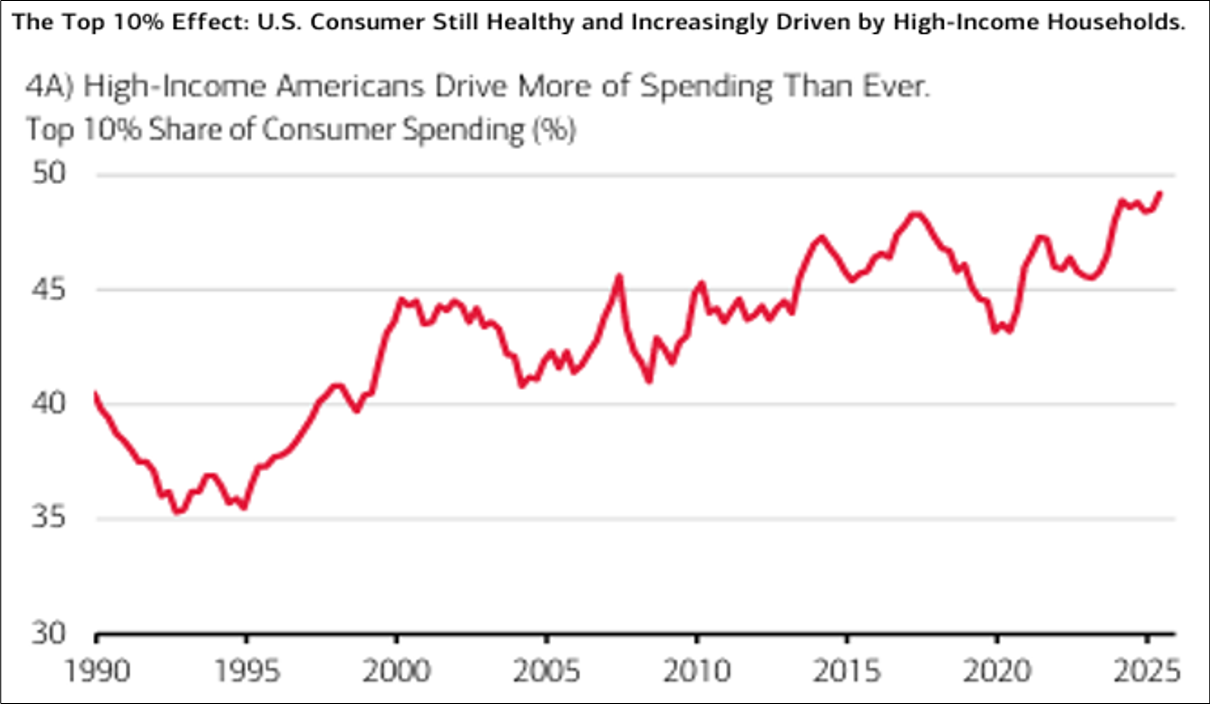
Outlook:
Robust economic data, strong corporate earnings, and a resilient consumer base, combined with the start of a Fed easing cycle, drove equity indices to near record highs. Ongoing optimism about AI, increased M&A activity, and expectations of supportive market positioning further bolstered the market by quarter's end. At Oliver Luxxe, we believe our
“Private Equity in the Public Marketplace”
investment framework allows us to identify businesses that have strong balance sheets, sustainable cash flow generation, and compelling reinvestment opportunities. We aim to utilize any market volatility and uncertainty to improve the quality of our clients’ portfolios over the next three to five years.

As always please reach out with any questions or concerns.
Thank you,
Joseph Sharma, CFA
Chief Investment Officer
Direct: (908) 741-8340
Disclaimer:
Investments in securities entail risk and are not suitable for all investors. This is not a recommendation nor an offer to sell (or solicitation of an offer to buy) securities in the United States or in any other jurisdiction. All investment strategies have the potential for profit or loss; changes in investment strategies may materially alter the performance and results of a portfolio. Different types of investments involve varying degrees of risk, and there can be no assurance that any specific investment will be suitable or profitable for a client’s investment portfolio.
This document may contain forward-looking statements relating to the objectives, opportunities, and the future performance of the US market generally. Forward-looking statements may be identified by the use of such words as; “believe,” “expect,” and other similar terms. Examples of forward-looking statements include, but are not limited to, estimates with respect to the success or lack of success of any particular investment strategy. All are subject to various factors, including, to general and local economic conditions, changes in interest rates, changes in legislation or regulation, and other economic, competitive, governmental, and technological factors affecting a portfolio’s operations that could cause actual results to differ materially from projected results. Such statements are forward-looking in nature and involve a number of known and unknown risks, uncertainties and other factors, and accordingly, actual results may differ materially from those reflected or contemplated in such forward-looking statements. Prospective investors are cautioned not to place undue reliance on any forward-looking statements or examples. None of Oliver Luxxe or any of its affiliates or principals nor any other individual or entity assumes any obligation to update any forward-looking statements as a result of new information, subsequent events or any other circumstances. All statements made herein speak only as of the date that they were made.
